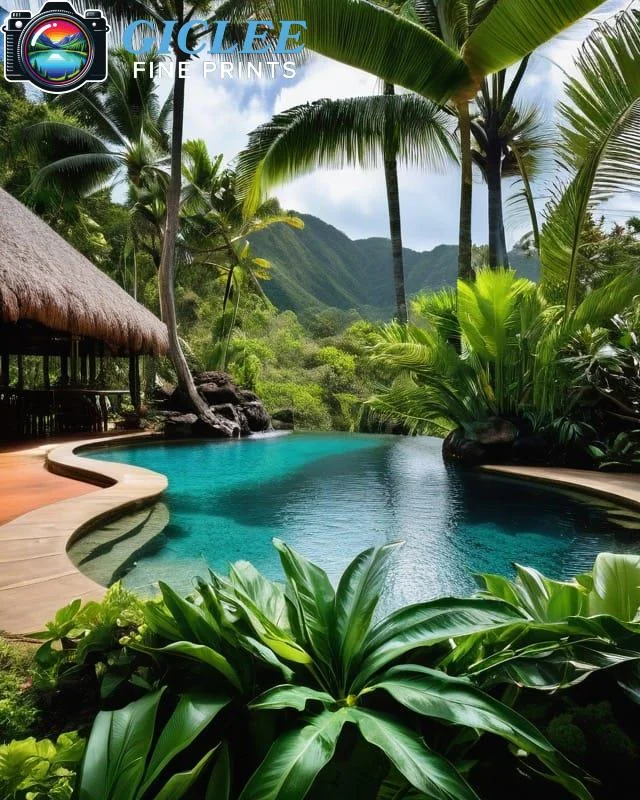
When it comes to printing custom designs on garments, two popular techniques are Direct to Garment (DTG) printing and Direct to Film (DTF) printing. Both offer unique benefits, but they are suited for different types of projects depending on factors like fabric type, design complexity, and order size. We’ll explore the key differences between DTG and DTF printing, helping you choose the right method for your needs.
What is DTG Printing?
Direct to Garment (DTG) printing is a method that prints designs directly onto fabric using specialized inkjet printers. The ink is absorbed by the fabric, resulting in a soft, vibrant print. DTG printing works best on cotton and cotton-blend fabrics.
Key Features of DTG Printing:
- Soft Feel: Since the ink soaks into the fabric, DTG prints have a soft, natural feel.
- High Resolution: DTG printers can handle detailed designs with multiple colors and gradients, making them ideal for intricate artwork and pixelated artwork.
- Best for Cotton: DTG works best on cotton fabrics, which absorb the ink better than synthetic materials.
- Pre-Treatment Required: Fabrics need to be pre-treated before printing to ensure the ink adheres properly, especially for dark garments.
What is DTF Printing?
Direct to Film (DTF) printing involves printing a design onto a special film, which is then transferred to the fabric using a heat press. DTF printing is highly versatile and works on a wide range of materials, including cotton, polyester, nylon, and blends.
Key Features of DTF Printing:
- Works on Multiple Fabrics: Unlike DTG, DTF can print on various fabrics, including cotton, polyester, and even synthetic materials.
- No Pre-Treatment Required: DTF does not require fabric pre-treatment, making the process faster and more straightforward.
- Vibrant and Durable: DTF prints offer vibrant colors with excellent durability, ensuring that the design remains intact after multiple washes.
- Slightly Raised Texture: The design sits on top of the fabric, creating a slightly textured feel compared to the smooth finish of DTG.

Key Differences Between DTG and DTF Printing
While both DTG and DTF offer high-quality printing, they have distinct differences in terms of application, fabric compatibility, and design capabilities.
1. Fabric Compatibility:
- DTG Printing: Best suited for 100% cotton and cotton-blend fabrics. DTG struggles with synthetic materials like polyester because the ink does not bond as well.
- DTF Printing: Can print on a wide range of fabrics, including cotton, polyester, nylon, and blends. This versatility makes it ideal for custom projects that require different materials.
2. Pre-Treatment Process:
- DTG Printing: Requires pre-treatment of the fabric, especially for darker garments. The pre-treatment helps the ink adhere better and enhances the print quality.
- DTF Printing: Does not require any pre-treatment, which saves time and effort during the printing process.
3. Print Durability:
- DTG Printing: DTG prints are durable but may fade or crack slightly over time, especially with heavy washing.
- DTF Printing: DTF prints are highly durable, resistant to fading, cracking, and peeling, even after many washes. This makes DTF ideal for sportswear and other garments that undergo frequent laundering.
4. Print Feel and Texture:
- DTG Printing: Since the ink is absorbed by the fabric, DTG prints have a smooth, soft feel. There is no noticeable texture on the fabric’s surface.
- DTF Printing: DTF prints sit on top of the fabric, creating a slightly raised texture. This can be felt when you run your hand over the design.
5. Design Complexity:
- DTG Printing: Excellent for detailed designs with complex color gradients, such as photos or intricate art printing. DTG printers handle high-resolution images and subtle shading very well.
- DTF Printing: Also capable of printing complex designs, but the slightly raised texture may not be ideal for very fine details. However, DTF still produces vibrant, high-quality prints with multiple colors.
6. Cost and Order Size:
- DTG Printing: More cost-effective for small orders or one-off prints because there is no setup cost for screens or film.
- DTF Printing: While DTF can be used for small orders, it is also cost-effective for larger runs, especially when printing on different fabric types.
When to Use DTG Printing
DTG printing is ideal for certain projects where fabric type, print quality, and detail are essential. Here’s when to choose DTG:
Best Use Cases for DTG Printing:
- High-Detail Designs: DTG is perfect for printing designs with detailed artwork, photographs, or complex color gradients.
- Small Batch Orders: If you need a few custom t-shirts or garments with unique designs, DTG is cost-effective for smaller orders.
- Soft Feel: When the feel of the fabric is important, DTG’s soft finish makes it ideal for t-shirts and casual wear.
- Cotton Fabrics: DTG works best with cotton or cotton-blend fabrics, which allow the ink to absorb fully and provide vibrant, long-lasting results.

When to Use DTF Printing
DTF printing offers flexibility and durability, making it a better choice for certain applications where DTG may fall short.
Best Use Cases for DTF Printing:
- Printing on Various Fabrics: If you need to print on materials like polyester, nylon, or fabric blends, DTF is the better choice due to its compatibility with a wider range of fabrics.
- Durable Prints: DTF produces long-lasting prints that resist cracking, peeling, and fading, even with frequent washing, making it ideal for sportswear, uniforms, or workwear.
- No Pre-Treatment Required: For fast production runs, DTF’s lack of pre-treatment requirements saves time and makes it easier to print on dark or light fabrics.
- Custom Placement: DTF allows for flexible placement on garments, including hard-to-print areas like sleeves, pockets, or collars.
Comparing DTG and DTF for Custom Projects
Choosing between DTG and DTF depends on the type of project, fabric, and design complexity. If you’re working on custom t-shirts with detailed designs and using cotton fabrics, DTG is likely the best option. On the other hand, if you need durable prints on a variety of fabrics or are producing garments that will undergo heavy use and frequent washing, DTF is the better choice.
Contact Us
Our address is: 3816 Pioneer Trail Ste #3, South Lake Tahoe, CA 96150
Email: Info@gicleefineprints.com
FAQs
DTG printing is better for highly detailed designs with complex color gradients, such as photographs or intricate artwork.
DTG is not ideal for polyester fabrics, as the ink doesn’t adhere well. For polyester, DTF printing is a better option.
Yes, DTF printing is more versatile, as it can be used on a wider variety of fabrics and doesn’t require pre-treatment, making it suitable for a broader range of applications.


